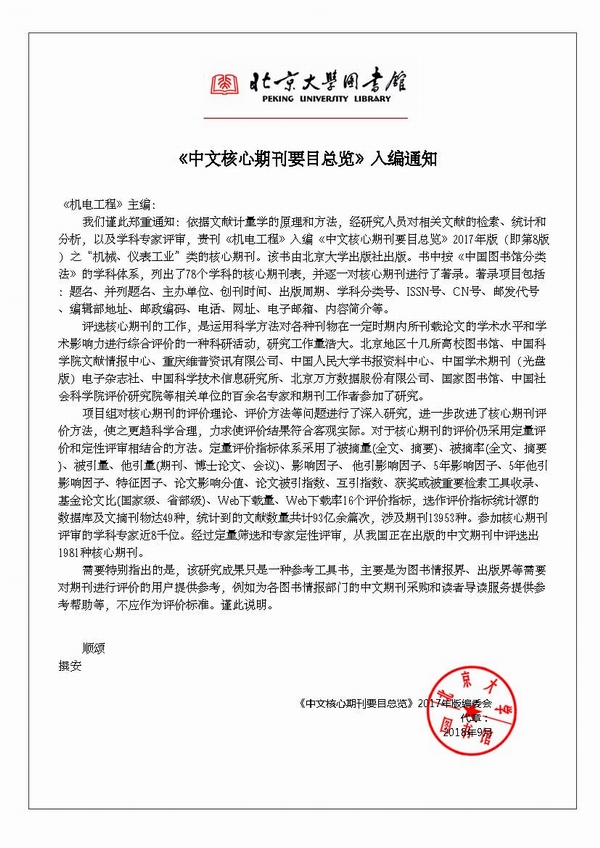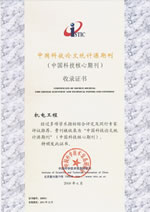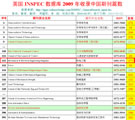
Founded in 1971 >
Chinese Sci-tech Core Periodicals >
British Science Abstracts (SA, INSPEC) Indexed Journals >
United States, Cambridge Scientific Abstract: Technology (CSA: T) Indexed Journals >
United States, Ulrich's Periodicals Directory(UPD)Indexed Journals >
United States, Cambridge Scientific Abstract: Natural Science (CSA: NS) Indexed Journals >
Poland ,Index of Copernicus(IC) Indexed Journals >
International Standard Serial Number:
ISSN 1001-4551
Sponsor:
Zhejiang University;
Zhejiang Machinery and Electrical Group
Edited by:
Editorial of Journal of Mechanical & Electrical Engineering
Chief Editor:
ZHAO Qun
Vice Chief Editor:
TANG ren-zhong,
LUO Xiang-yang
Tel:
86-571-87041360,87239525
Fax:
86-571-87239571
Add:
No.9 Gaoguannong,Daxue Road,Hangzhou,China
P.C:
310009
E-mail:
meem_contribute@163.com
Abstract: To address the problem that the distancebased assembly similarity metric ignores the analysis of the distribution of distance, which can easily lead to the loss of some similar cases during the initial screening of cases, an assembly similarity metric based on the maximum mean discrepancy(MMD) was proposed. Firstly, the assembly was modeled as a one-dimensional data set using four parameters, such as the number of parts and the number of part types, the number of couplings and the number of coupling types in the assembly. Then, the one-dimensional array representing the assembly model was mapped to the reproducing kernel Hilbert space (RKHS) using the maximum mean discrepancy (MMD) algorithm, in which the distances between assemblies were calculated and the distance was statistically analyzed using discrete coefficients. Finally, it was verified by case-based experiments and simulation comparison experiments based on assembly parameter generation rules. The experimental and research results show that MMD algorithm is consistent with Euclidean distance (ED) and weighted distance (WD) algorithms in accuracy; from the perspective of robustness, regardless of the number of parts of the two assemblies for similarity analysis, the distance distribution of the method is basically stable after the number of parts exceeding six, and the highest dispersion coefficient is about 23% of the WD algorithm, which improves the robustness of the distance distribution is greatly enhanced.
Key words: assembly model; assembly similarity; reproducing kernel Hilbert space (RKHS); maximum mean discrepancy(MMD); Euclidean distance(ED); weighted distance (WD); discrete coefficient








